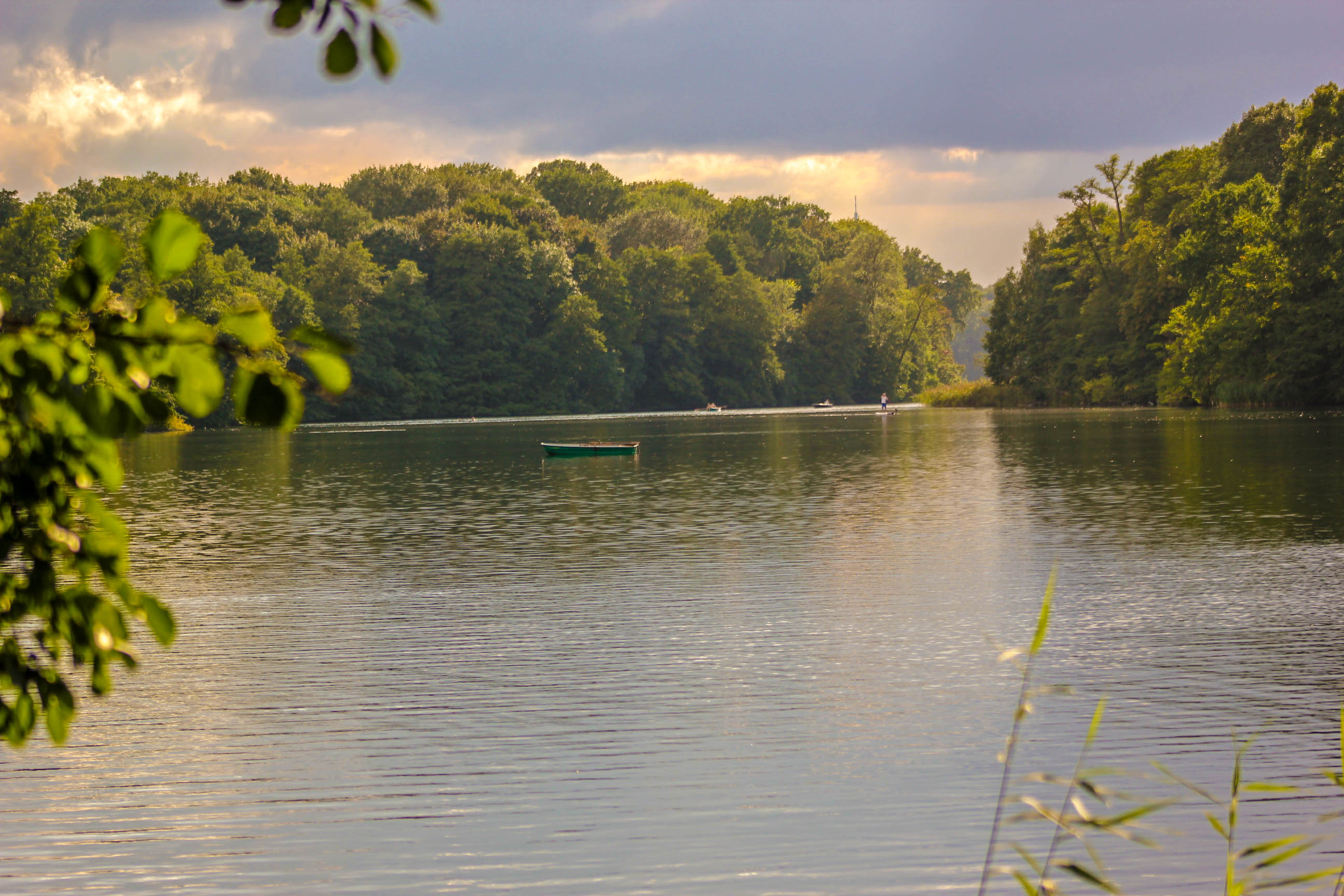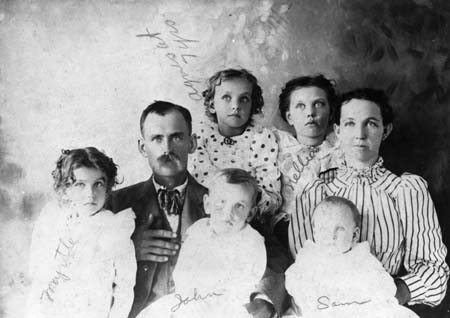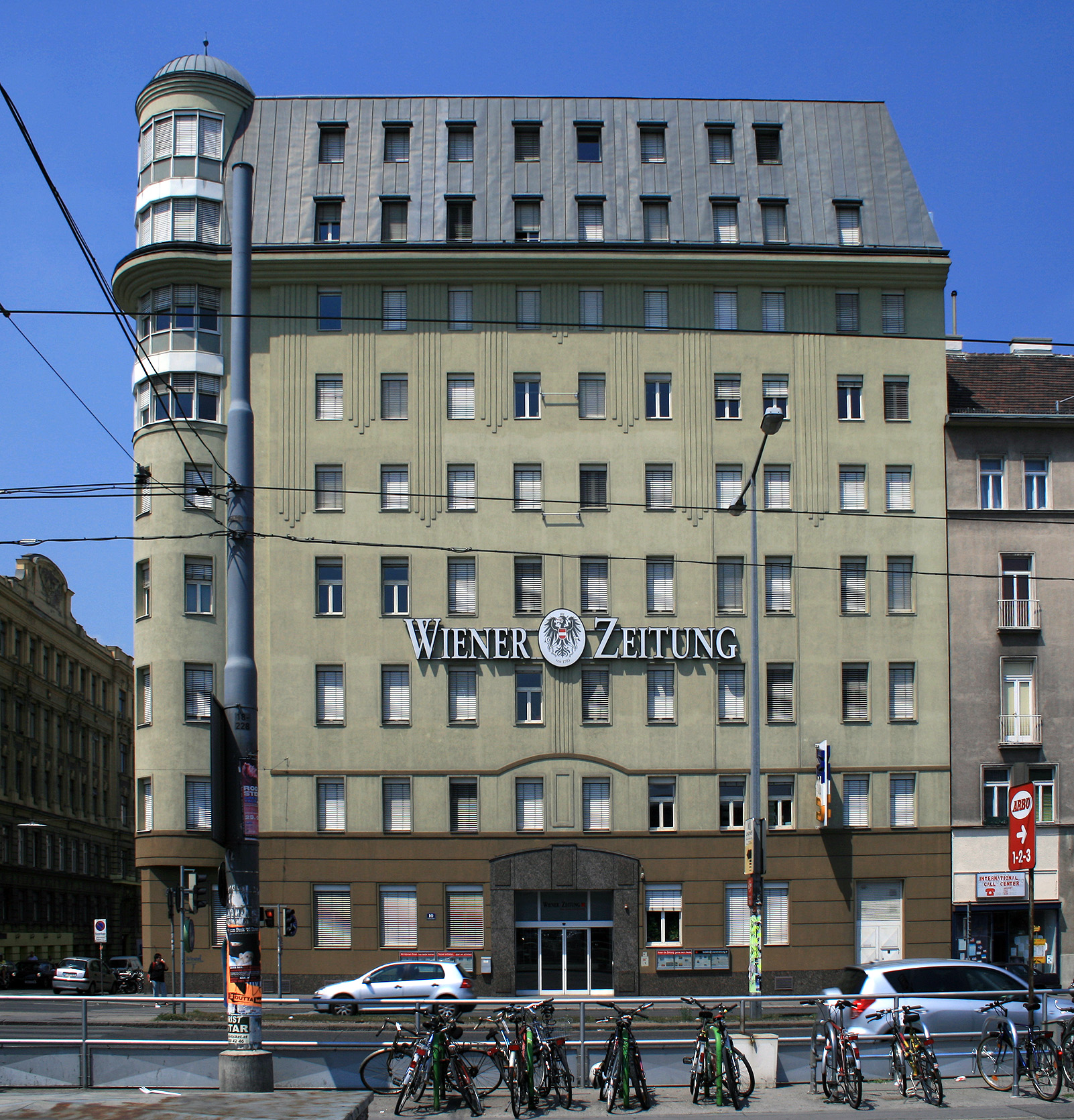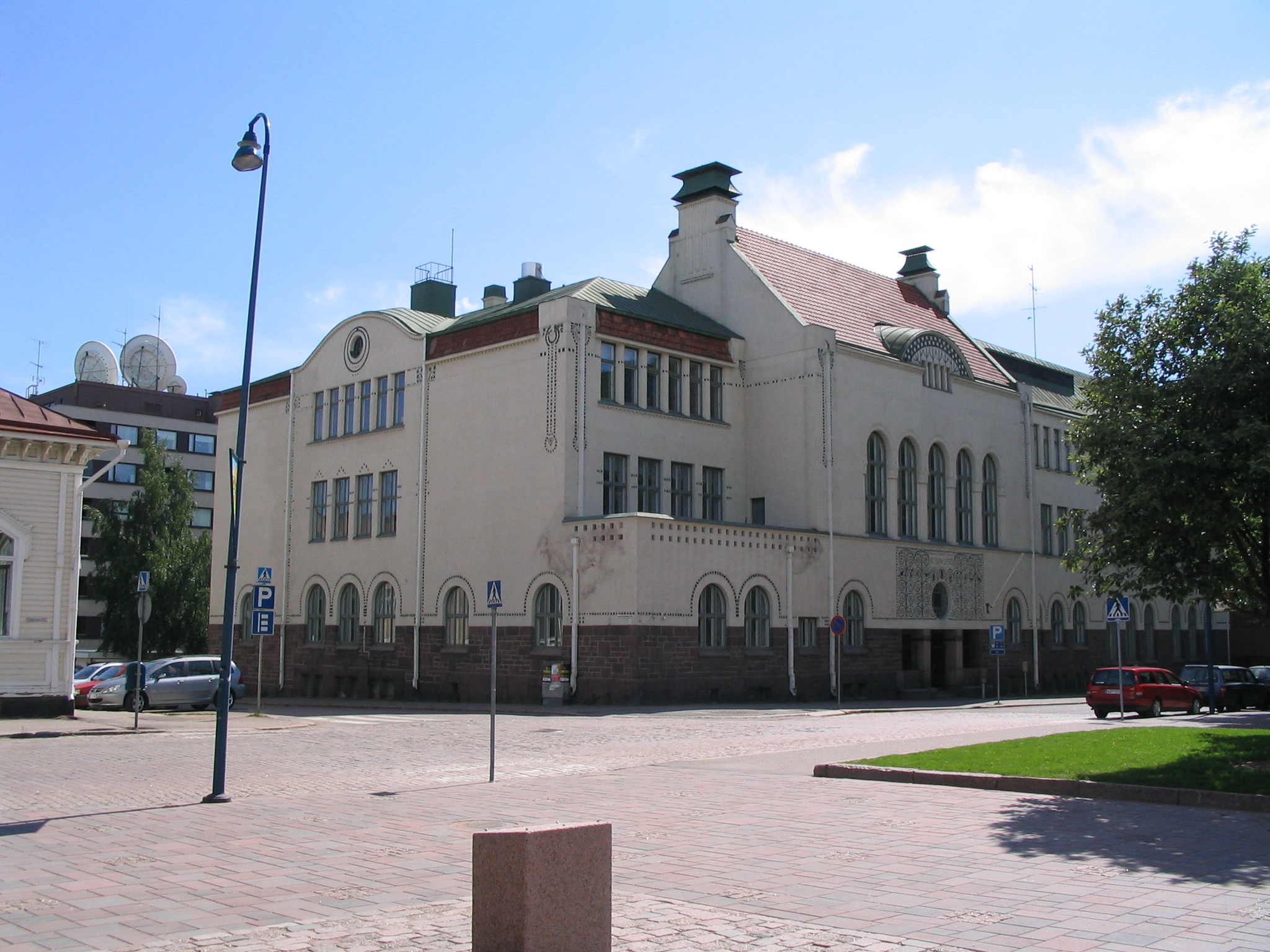|
Ursula Kuczynski
Ursula Kuczynski (15 May 1907 – 7 July 2000), also known as Ruth Werner, Ursula Beurton and Ursula Hamburger, was a German Communist activist who spied for the Soviet Union during the 1930s and 1940s, most famously as the handler of nuclear scientist Klaus Fuchs. She moved to East Germany in 1950 when Fuchs was unmasked, and published a series of books related to her espionage activities, including her bestselling autobiography, ''Sonjas Rapport''. Sources concerned with her espionage work in the 1930s/40s sometimes use the cover name originally suggested to her in Shanghai by her fellow intelligence operative Richard Sorge: "Sonja", "Sonja Schultz" or, after she moved to Britain, "Sonya". Life Early years Ursula Maria Kuczynski was born in Schöneberg, Berlin, Prussia, German Empire on 15 May 1907, the second of the six children of the economist and demographer Robert René Kuczynski and his wife Berta Kuczynski ( Gradenwitz), a painter. The family was a secular Jewish one ... [...More Info...] [...Related Items...] OR: [Wikipedia] [Google] [Baidu] |
Schöneberg
Schöneberg () is a locality of Berlin, Germany. Until Berlin's 2001 administrative reform it was a separate borough including the locality of Friedenau. Together with the former borough of Tempelhof it is now part of the new borough of Tempelhof-Schöneberg. History The village was first documented in a 1264 deed issued by Margrave Otto III of Brandenburg. In 1751, Bohemian weavers founded Neu-Schöneberg also known as Böhmisch-Schöneberg along northern Hauptstraße. During the Seven Years' War on 7 October 1760 Schöneberg and its village church were completely destroyed by a fire due to the joint attack on Berlin by Habsburg and Russian troops. Both Alt-Schöneberg and Neu-Schöneberg were in an area developed in the course of industrialization and incorporated in a street network laid out in the Hobrecht-Plan in an area that came to be known architecturally as the Wilhelmine Ring. The two villages were not combined as one entity until 1874 and received town privil ... [...More Info...] [...Related Items...] OR: [Wikipedia] [Google] [Baidu] |
Schlachtensee
Schlachtensee () is a lake in the south west of Berlin, in the Steglitz-Zehlendorf borough (in the quarters of Schlachtensee), on the edge of the Grunewald forest. The lake lends its name to the surrounding area and to the nearby ''Studentendorf Schlachtensee'', a student residence. The area has been part of Berlin since 1920. Geography and Paul-Ernst Park Schlachtensee is the most southerly in the Grunewald chain of lakes, which belongs geologically to the Teltow plateau Teltow [] is both a geological plateau and also a historical region in the German states of Brandenburg and Berlin. As an historical region, the Teltow was one of the eight territories out of which the March of Brandenburg was formed in the 12th an ..., and was emerged some 15,000 years ago from the ice age as a glacial trough. With a surface area of around , a circumference of and a maximum depth of , it is one of the larger lakes in Berlin. The lake is popularly used for walking and for swimming, due to t ... [...More Info...] [...Related Items...] OR: [Wikipedia] [Google] [Baidu] |
Berliner Zeitung
The ''Berliner Zeitung'' (, ''Berlin Newspaper'') is a daily newspaper based in Berlin, Germany. Founded in East Germany in 1945, it is the only East German paper to achieve national prominence since reunification. It is published by Berliner Verlag. History and profile ''Berliner Zeitung'' was first published on 21 May 1945 in East Berlin. The paper, a center-left daily, is published by Berliner Verlag. After the fall of the Berlin Wall, the paper was bought by Gruner + Jahr and the British publisher Robert Maxwell. Gruner + Jahr later became sole owners and relaunched it in 1997 with a completely new design. A stated goal was to turn the ''Berliner Zeitung'' into "Germany's ''Washington Post''". The daily says its journalists come "from east and west", and it styles itself as a "young, modern and dynamic" paper for the whole of Germany. It is the only East German paper to achieve national prominence since reunification. In 2003, the ''Berliner'' was Berlin's largest s ... [...More Info...] [...Related Items...] OR: [Wikipedia] [Google] [Baidu] |
Agnes Smedley
Agnes Smedley (February 23, 1892 – May 6, 1950) was an American journalist, writer, and activist who supported the Indian Independence Movement and the Chinese Communist Revolution. Raised in a poverty-stricken miner's family in Missouri and Colorado, she dramatized the formation of her feminist and socialist consciousness in the autobiographical novel ''Daughter of Earth'' (1929). As a college student during World War I, she organized support for the independence of India from the United Kingdom, receiving financial support from the government of Germany. After the war she went to Germany, where she met and worked with Indian nationalists. Between 1928 and 1941, she lived and worked in China, mainly as a journalist. During the first phase of the Chinese Civil War, she was based in Shanghai and published widely in support of the communist cause; later, during the Second Sino-Japanese War, she traveled with the Eighth Route Army and lived for a time in the communist base in Yan'a ... [...More Info...] [...Related Items...] OR: [Wikipedia] [Google] [Baidu] |
Wiener Zeitung
''Wiener Zeitung'' is an Austrian newspaper. It is one of the oldest, still published newspapers in the world. It is the official publication used by the Government of the Republic of Austria for legally-required announcements, such as company registrations,§ 10 (1) UGB, dRGBl. S 219/1897 as amended by BGBl. I Nr. 63/2019 and was also the official publishing body for laws and executive orders until 2004.Bundesgesetz über das Bundesgesetzblatt 2004, BGBl. I Nr. 100/2003 As of 2002, ''Wiener Zeitung'' was among the four Austrian newspapers of record beside the right-liberal '' Die Presse'', the left-liberal ''Der Standard'' and the Christian-liberal and conservative '' Salzburger Nachrichten''. History and profile The newspaper, founded in 1703 under the name ''Wiennerisches Diarium'', was considered the official mouthpiece of the Imperial Court due to its being supplied information directly and exclusively by the Court. The paper was published bi-weekly, usually running aroun ... [...More Info...] [...Related Items...] OR: [Wikipedia] [Google] [Baidu] |
International Workers' Day
International Workers' Day, also known as Labour Day in some countries and often referred to as May Day, is a celebration of labourers and the working classes that is promoted by the international labour movement and occurs every year on 1 May, or the first Monday in May. Traditionally, 1 May is the date of the European spring festival of May Day. In 1889, the Marxist International Socialist Congress met in Paris and established the Second International as a successor to the earlier International Workingmen's Association. They adopted a resolution for a "great international demonstration" in support of working-class demands for the eight-hour day. The 1 May date was chosen by the American Federation of Labor to commemorate a general strike in the United States, which had begun on 1 May 1886 and culminated in the Haymarket affair four days later. The demonstration subsequently became a yearly event. The 1904 Sixth Conference of the Second International, called on "all Soci ... [...More Info...] [...Related Items...] OR: [Wikipedia] [Google] [Baidu] |
Ullstein Verlag
The ''Ullstein Verlag'' was founded by Leopold Ullstein in 1877 at Berlin and is one of the largest publishing companies of Germany. It published newspapers like '' B.Z.'' and ''Berliner Morgenpost'' and books through its subsidiaries ''Ullstein Buchverlage'' and ''Propyläen''. The newspaper publishing branch was taken over by Axel Springer AG in 1956. History On 14 July 1877 Leopold Ullstein purchased the ''Neue Berliner Tageblatt'' newspaper, a subsidiary of the liberal ''Berliner Tageblatt'' published by Rudolf Mosse, and on 1 January 1878 converted it into the ''Berliner Zeitung'' (''B.Z.''). In 1894 he also acquired the ''Berliner Illustrirte Zeitung'' weekly, which as technology advanced and permitted heavy use of photographs, became the most successful picture paper in Germany. The ''B.Z. am Mittag'', relaunched in 1904, became Germany's first tabloid newspaper. Ullstein's sons Rudolf, Hans, Louis, Franz and Hermann inherited the publishing house and developed it further ... [...More Info...] [...Related Items...] OR: [Wikipedia] [Google] [Baidu] |
Lending Library
A lending library is a library from which books and other media are lent out. The major classifications are endowed libraries, institutional libraries (the most diverse), public libraries, and subscription libraries. It may also refer to a library or other institution that sends materials on request to another library, usually via interlibrary loan. History The earliest reference to or use of the term "lending library" yet located in English correspondence dates from ca. 1586; ''C'Tess Pembroke Ps. CXII''. v, "He is ... Most liberall and lending," referring to the books of an unknown type of library, and later in a context familiar to users of contemporary English, in 1708, by ''J. Chamberlayne; St. Gt. Brit.''; III. xii. 475 "he Librariesof Cambridge are Lending-libraries; that is, he that is qualified may borrow out of it any book he wants". This definition is closely associated with libraries in England before the Public Libraries Act 1850 was passed which allowed cities to us ... [...More Info...] [...Related Items...] OR: [Wikipedia] [Google] [Baidu] |
Rote Hilfe
The Rote Hilfe ("Red Aid") was the German affiliate of the International Red Aid. The Rote Hilfe was affiliated with the Communist Party of Germany and existed between 1924 and 1936. Its purpose was to provide help to those Communists who had been jailed or were imprisoned. Origin The Rote Hilfe was first organized as a result of the political repression in April 1921"Rote Hilfe" Retrieved June 3, 2010 following bloody strikes and communist rebellions in central Germany in March of that year. It was formed after a decision the Communist Party of Germany (KPD). In November 1921, a "Berlin Committee" was created as a c ... [...More Info...] [...Related Items...] OR: [Wikipedia] [Google] [Baidu] |
KJVD
The Young Communist League of Germany (, abbreviated KJVD) was a political youth organization in Germany. History The KJVD was formed in 1920 from the Free Socialist Youth () of the Communist Party of Germany, A prior youth wing had been formed in October 1918, with support from the Spartacus League (). It was unable to attract new members and its membership peaked in the last years of the Weimar Republic at between 35,000 and 50,000. However, those who did join were commonly children of communist parents that were extremely devoted to the Communist Party. Their activities included selling party newspapers, painting slogans, gluing posters, collecting dues, taking part in agitation, and they made up the voice choruses for Communist songs at demonstrations and other events. The KJVD had its own publishing house, the "Young Guard". The KJVD followed the Communist Party propaganda of attacking the Social Democratic Party of Germany as a proponent of "social fascism" resulting i ... [...More Info...] [...Related Items...] OR: [Wikipedia] [Google] [Baidu] |
AfA-Bund
The General Federation of Free Employees (german: Allgemeiner freier Angestelltenbund, AfA-Bund) was an amalgamation of various socialist-oriented trade unions of technical and administrative employees in the Weimar Republic. Member organizations encompassed groups as diverse as artists, theater workers, bank clerks, foremen, and technical employees and managers. It was founded in 1920 and was dissolved in on March 30, 1933, just before the newly empowered Nazi regime began crushing the Free Trade Unions. Throughout its existence, it was led by Siegfried Aufhäuser. Affiliates The following unions were affiliated to the federation: *Central Union of Employees (ZdA) *German Workers' Union (DWV) *Union of Technical Staff and Officials (Butab) *Polishing, Works and Shaft Masters' Unions *General Association of German Bank Employees *Co-operative of German Stage Members *International Artists' Lodge The International Artists' Lodge (german: Internationale Artisten-Loge, IAL) is a ... [...More Info...] [...Related Items...] OR: [Wikipedia] [Google] [Baidu] |
Lyzeum
The lyceum is a category of educational institution defined within the education system of many countries, mainly in Europe. The definition varies among countries; usually it is a type of secondary school. Generally in that type of school the things that are taught are basic science and also in some part of that type of schools, some introduction to specific kind of jobs also may be done. History ''Lyceum'' is a Latin rendering of the Ancient Greek (), the name of a '' gymnasium'' in Classical Athens dedicated to Apollo Lyceus. This original lyceum is remembered as the location of the peripatetic school of Aristotle. Some countries derive the name for their modern schools from the Latin but use the Greek name for the ancient school: for example, Dutch has (ancient) and (modern), both rendered ''lyceum'' in English (note that in classical Latin the ''C'' in was always pronounced as a ''K'', not a soft ''C'', as in modern English). The name '' lycée'' was retrieved and u ... [...More Info...] [...Related Items...] OR: [Wikipedia] [Google] [Baidu] |








